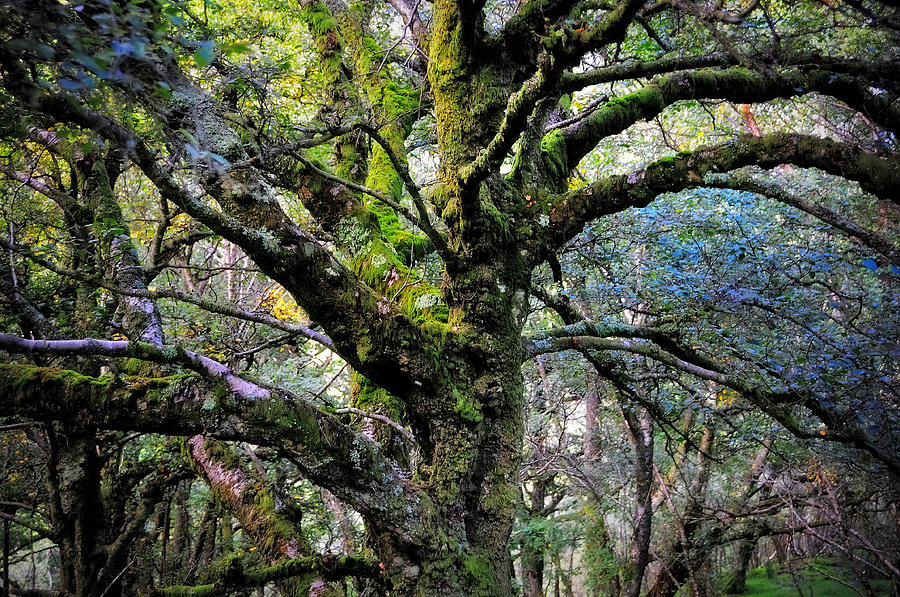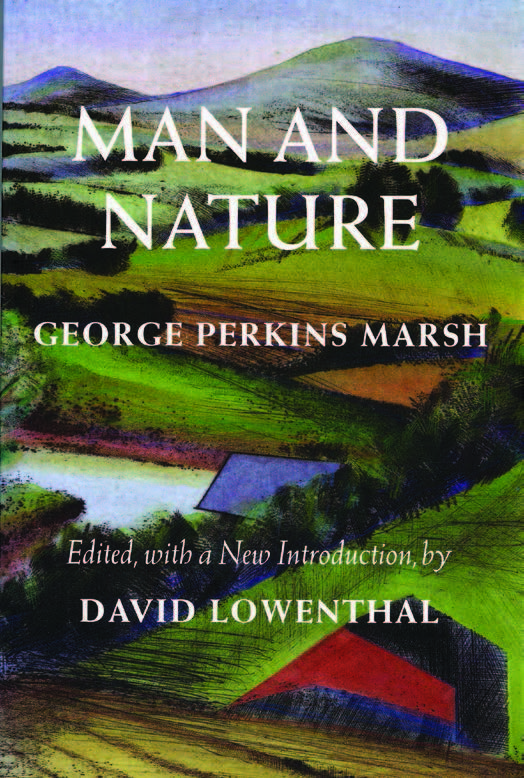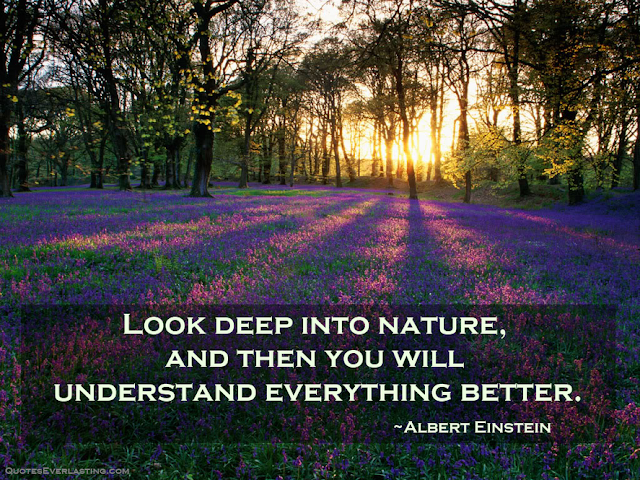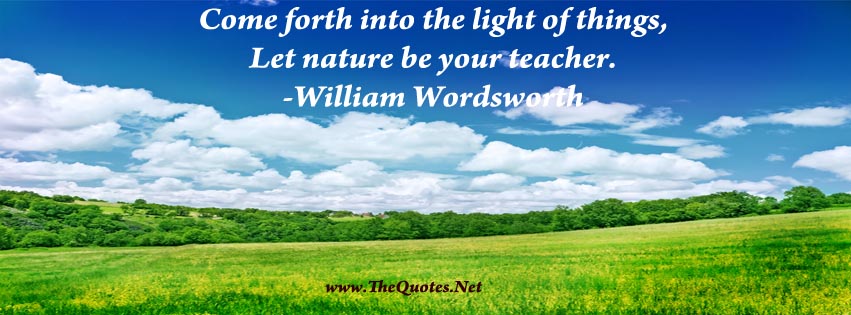At the GCGI we believe every child, young person, students and their teachers should have regular opportunities and ease of access to connect with nature, so they can learn to value it, appreciate it, enjoy it, prioritise it and take action to save it.

The Tree of Wisdom, Old whimsical tree in the Wicklow forest, Ireland.
Photograph by Jenny Rainbow: fineartamerica.com
I offer this in honour of our forthcoming coming conference in Lucca, Tuscany, 28 August-1 September 2018
“Be like the sun for grace and mercy.
Be like the night to cover others’ faults.
Be like running water for generosity.
Be like death for rage and anger.
Be like the Earth for modesty.
Appear as you are.
Be as you appear.”-Rumi
‘When we fiddle with nature, there can be unforeseen consequences. When we fiddle with nature in big ways, entire civilizations collapse.’
Man and Nature: George Perkins Marsh
Author: David Lowenthal
A lesson for our times

“George Perkins Marsh's Man and Nature was the first book to attack the American myth of the superabundance and the inexhaustibility of the earth. It was, as Lewis Mumford said, "the fountainhead of the conservation movement," and few books since have had such an influence on the way men view and use land. "It is worth reading after a hundred years," Mr. Lowenthal points out, "not only because it taught important lessons in its day, but also because it still teaches them so well...Historical insight and contemporary passion make Man and Nature an enduring classic."
‘This was the essence of a densely written book, Man and Nature; or, Physical Geography as Modified by Human Action, published in 1864 in New York and London. It wasn’t much anticipated, and the author, George Perkins Marsh, a former congressman from Vermont, was little known. Yet it went on to be an international bestseller, was translated into multiple languages, was repeatedly updated in expanded editions, and is now generally recognized to be one of the most important books ever published. Its arguments were a major factor in the creation of the Forest Preserve…
‘When the forest is gone, the great reservoir of moisture stored up in its vegetable mould is evaporated, and returns only in deluges of rain to wash away the parched dust into which that mould has been converted,” Marsh wrote. Springs dry up, soils erode, ecological communities deteriorate, and agriculture fails; everything dependent on the stable regime protected by forests and a reliable watershed—in other words, civilization itself—is at risk. The decline of the Roman Empire, he concluded, was at least partially attributable to “man’s ignorant disregard of the laws of nature…’Continue to read
Nature, Education, Teaching and Learning

Photo:bing.com
The Wisdom of Mother Nature: “Speaks not a word in any human language, and yet everything in Nature inspires humanity to seek and learn, engendering awe, mystery, and an enthusiasm for uncovering the truth behind her workings, her creations, her cycles and her balance. As such, she is the primal teacher archetype of inspirational teaching and the root of all scientific enquiry. Hence, ‘science’ has been defined as “mankind’s attempt to understand Nature”. The great scientist Albert Einstein expressed it more dramatically stating, “We still do not know one thousandth of one percent of what Nature has revealed to us.”
More than parent and student communities, the teaching fraternity needs to understand that the essential purpose of education is not to enable students to earn a living, but to learn how to live life. As the primal teacher, Mother Nature teaches both the secret of life, which is to respect all life, and also how to live one’s own life in harmony and balance with all creation, exemplified by the manner in which various species of the natural world live in peaceful co-existence.
Encouraging observation of the daily miracles of Nature has profound effects on students. One effect is a heightened appreciation of life and its wonders, with corresponding understanding of how each plant and animal contributes its own unique qualities, abilities and skills to the whole, complementing one another to enhance Nature’s overall beauty, practicality and efficiency. When this pedagogy is utilised and concept applied to society, it helps foster respect for others and their talents, and instills the desire in students to work together for the betterment of the community as a whole.
Nature’s greatest teaching technique for vital survival skills is ‘trial and error’. While the parents of a young animal may teach and demonstrate, the mastering of any skill can only come from the repeated attempts of the ‘youngster’ himself, and each failure becomes the foundation of learning for the next attempt. When this pedagogy is utilised in classrooms, teachers become ‘guides,’ encouraging students to seek their own answers, their own solutions to problems, and learn by doing. This also infuses creativity and enthusiastic participation into the learning process.
Nature is also an exemplary interactive teacher. She teaches us most vividly the concepts of action/reaction as plants and animals mirror our own state of mind — positive and negative. Plants and animals ‘respond’ in a positive manner to tender, loving care. Hence, from hardened criminals to the criminally insane, study after study has shown the benefits of people working with Nature, especially animals, not only for the individual, but for society as a whole.
These benefits become visible in the classroom as well when students work with plants and/or animals. In addition, students gain a sense of responsibility and self-satisfaction as life forms they nurture, grow and flourish. Extra-curricular group activities that include service projects in the community centred around cleaning and beautification of parks, waterways, and forest areas, reinforce the values of volunteerism and cooperation.
Today, humanity stands at the crossroads, both environmentally and in the field of education. We are in the grip of an environmental crisis that threatens the very survival of the human race — a crisis that has been brought about by our own destructive actions and activities. Global warming and climate change, species extinction and pollution are destroying the pyramid of life whose very foundation is Nature and her various ecosystems.
As the capstone of this pyramid, humankind is facing imminent destruction as its base of fertile soil, clean water and air provided by Nature is being steadily eroded, with species of flora and fauna disappearing at unprecedented rates. Already over 60 percent of the planet’s ecosystems are near the point of no return, according to the United Nations.
As educators, we have a duty to society not only to make our students aware of this crisis, but also to encourage them to do something about it, since it is they and their children who will inherit our planet-under-siege. By bringing Nature back into the classroom, we can instill in our students an understanding and respect for all aspects of creation. And by bringing students back into the ‘classroom of Mother Nature’, Nature herself will inspire them to act to protect her and their own future. The ripple effects of our actions will touch not only their parents and immediate community, but the nation and world as a whole.
The future is of today’s children. But it’s our duty to find and light the path toward regeneration and rejuvenation of Mother Nature, of planet Earth, to bring a greater understanding of the oneness of all creation, of which we are part. Once again, as Einstein put it, “Look deep into Nature, and then you will understand everything better.” (Pamela Gale Malhotra is the trustee and co-founder of the SAI Sanctuary Trust, South Kodagu/Coorg district, Karnataka, South India (www.saisanctuary.com)
More on The Wisdom of Nature
'We are always being told that nature is good for us – and that we should spend more time in its company for the sake of our health. What is less well flagged up is that nature is as important to us as a source of nourishment for our souls. Nature is a kind of book, and when we open our eyes to it, find its pages filled with distinctive lessons about wisdom and serenity. In a set of alpine flowers growing on a hillside, we can read a defence of the value and beauty of the everyday; an evening sky can lend legitimacy and dignity to our melancholy states; there are invitations to calm in the unhurried motions of a Friesian cow; the sight of the distant stars can settle our anxieties by evoking our insignificance in the wider scheme. This set of essays highlights some of the most psychologically nourishing landscapes, flora and fauna of the planet. It functions as a reminder of all the consolation and redemption available to us in the natural world.'...Continue to read

And now continue to read a bit more on the wisdom of nature and more
